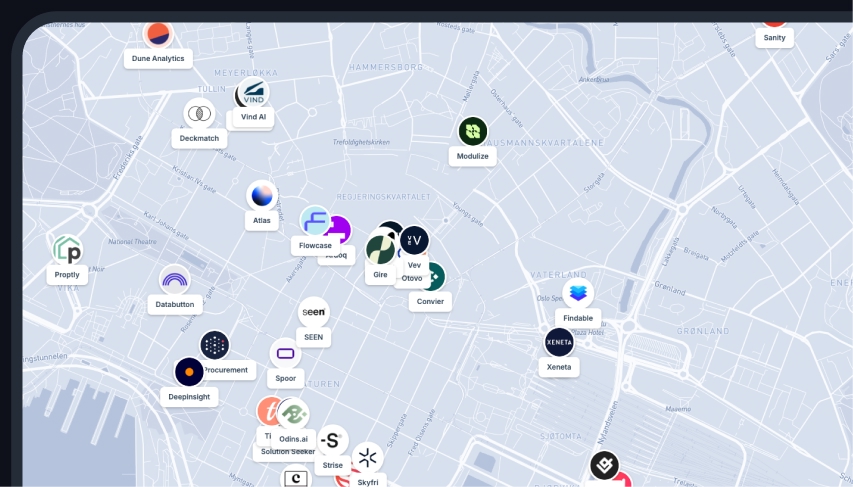Overview of the Ohio River
The Ohio River is a major river in the eastern United States, stretching about 1,579 kilometers (981 miles). It forms at the confluence of the Allegheny and Monongahela Rivers in Pittsburgh, Pennsylvania, and flows southwest to join the Mississippi River in Cairo, Illinois. The river has played a crucial role in American history, trade, and settlement.
Where is the Ohio River on the map?
The Ohio River runs through or along six states: Pennsylvania, Ohio, West Virginia, Kentucky, Indiana, and Illinois. It serves as a natural border for several of these states, separating West Virginia from Ohio and Kentucky from Indiana and Illinois.
A natural boundary and historical highway
The Ohio River was historically one of the most important waterways for westward expansion. Native American civilizations relied on it for food and trade, and European settlers used it to explore and settle the Midwest. It also served as a key route for escaping slaves traveling on the Underground Railroad, as crossing the river often meant reaching free states.
Major cities along the Ohio River
Several major cities were built along the river, including:
- Pittsburgh, Pennsylvania: The starting point of the Ohio River, known for its steel industry.
- Cincinnati, Ohio: A major trading hub with a rich industrial history.
- Louisville, Kentucky: Home to the famous Ohio River Falls and an important shipping center.
- Evansville, Indiana: A key manufacturing and riverport city.
- Cairo, Illinois: The river’s endpoint, where it merges with the Mississippi River.
Economic importance of the Ohio River
The Ohio River remains a vital part of the U.S. economy, supporting:
- Shipping and Trade: It serves as a major transportation route for coal, steel, petroleum, and agricultural goods.
- Hydroelectric Power: Several dams along the river generate electricity.
- Agriculture: The fertile Ohio River Valley is ideal for farming corn, soybeans, and wheat.
- Drinking Water: Millions of people rely on the river for fresh water.
Environmental challenges
Like many heavily used rivers, the Ohio River faces environmental issues, including:
- Pollution: Industrial waste, agricultural runoff, and sewage contribute to water contamination.
- Flooding: Seasonal flooding can impact communities along its banks.
- Invasive Species: Non-native fish, such as Asian carp, threaten native wildlife.
Conservation and cleanup efforts
Several organizations, including the Ohio River Valley Water Sanitation Commission (ORSANCO), work to monitor and improve water quality. Conservation projects aim to reduce pollution and protect wildlife habitats along the river.
Work faster with spatial data
Easily import data, automate analysis and build spatial apps for the web, all within a single software.
FAQs
How long is the Ohio River?
The Ohio River is approximately 1,579 kilometers (981 miles) long.
Where does the Ohio River start and end?
It starts in Pittsburgh, Pennsylvania, and ends in Cairo, Illinois, where it joins the Mississippi River.
Which states does the Ohio River flow through?
The river runs through or borders Pennsylvania, Ohio, West Virginia, Kentucky, Indiana, and Illinois.
Why is the Ohio River important?
It has historically been a key trade route, a natural border, and a vital resource for industry and agriculture.
What are the biggest environmental concerns for the Ohio River?
Pollution, flooding, and invasive species are the main environmental challenges affecting the river.
